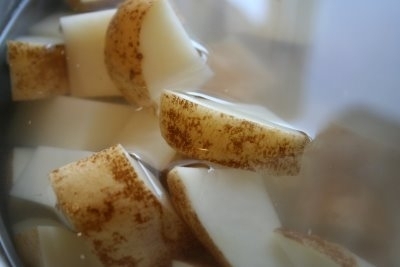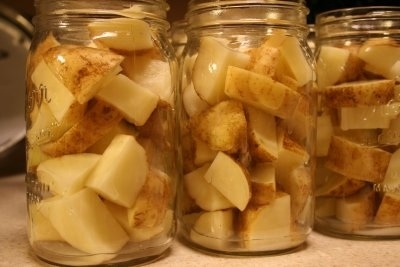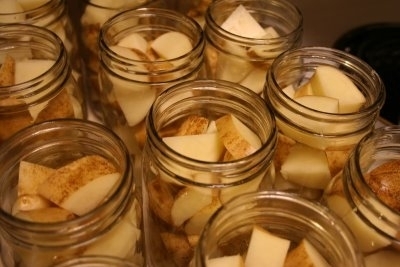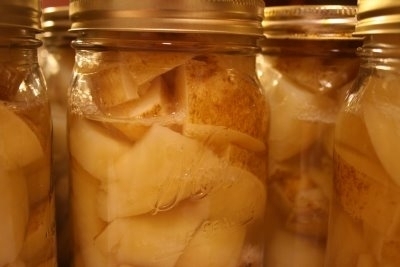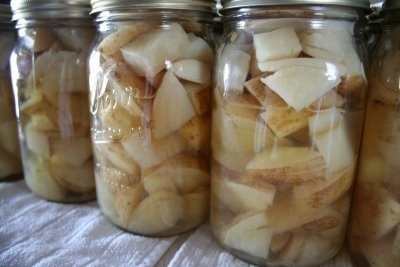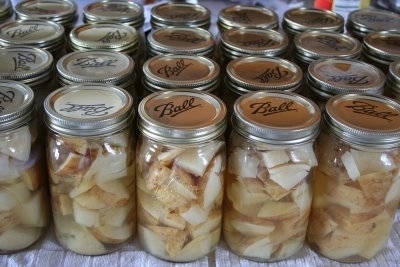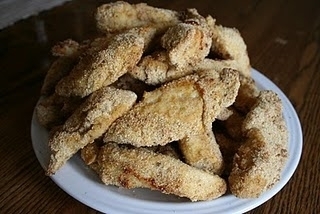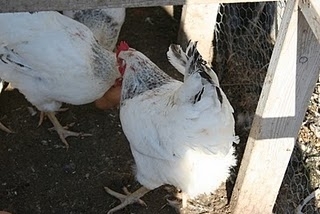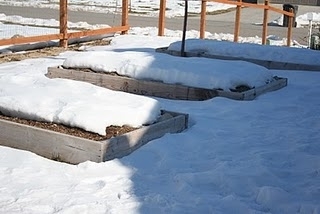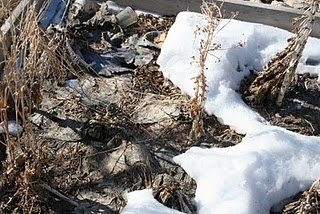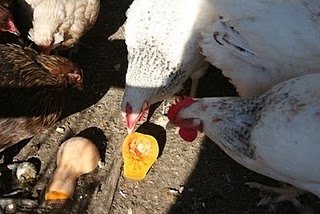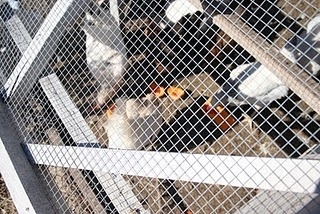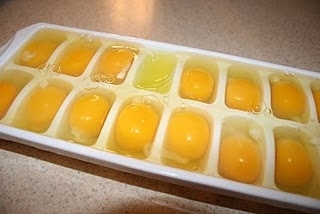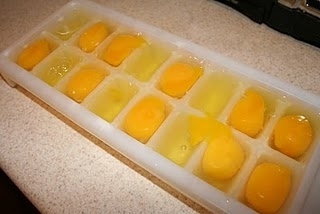My family and I really enjoy our chickens, OK, really I enjoy keeping chicken and having children around to do all the chicken chores. Oh, and I need to mention Dadzoo, who does his share of chicken chores. What are my chicken chores? I wash eggs, and cook eggs, and take pictures of eggs, and trouble shoot chicken problems from inside the house.
Hmmm, the chicken chores are starting to look a little heavy on the children/husband side and light on my side.
I blame the pregnancy.
Anyway….
One of the major benefits of keeping your own chickens is the nutritional quality of the eggs, depending on what you feel the chickens. Chickens are natural foragers, they will eat everything from bugs, to vegetation, to seeds, and while keeping chickens on a store bought feed is adequate, it isn’t optimal. During the warm months our chickens eat a lot of forage, we feed them weeds, bugs, snails,grass clippings, vegetable trimming and table scraps. (I have even seen my chicken kill and eat a mouse…who needs cats!) The eggs produced during these warms months are wonderful in taste and color, the yolks being dark orange, and indication of a lot of vitamin A and D.
In the winter, as you can see from the pictures below, there is little to no opportunity for forage items out of our yard, we do still feed them some table scraps, but not as much. Durring this time of year the quality of our eggs goes down, indicated by the yellow yolks as opposed to the dark orange found in the summer time.
I think I found a solution this year.
The yard is frozen solid, and covered in snow, what happens to not be covered is very much dead.
Last years cabbage patch…
This past summer I planted all sorts of squash and pumpkins in any little nook or cranny I could find. In some places the vines took over everything, but that is OK, they were beautiful and green, and I harvested a lot of squash.
Here in lies a little problem, my family doesn’t like squash. I know, weird! I love squash baked, buttered and sprinkled with brown sugar, but the other guys that live in my house will have nothing to do with it. So I was left with a lot of uneaten squash tucked in my root cellar (basement). That is when I got the idea to cut those babies in half and feed them a little at a time to my chickens.
It was a hit with my ladies!
They love picking at the squash, eating the whole thing, from seeds to rind,
and my eggs
dark orange yolks.
(for a great article with lots of information on the value of egg yolks go here, and you will see why I am so weird about my eggs!)
This coming summer, I will be planting squash again, if only for the chickens and their wonderful eggs.
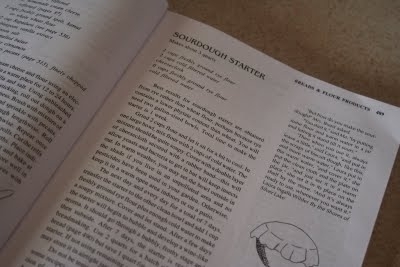
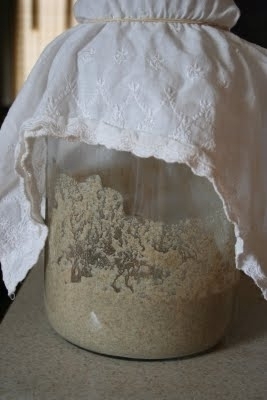
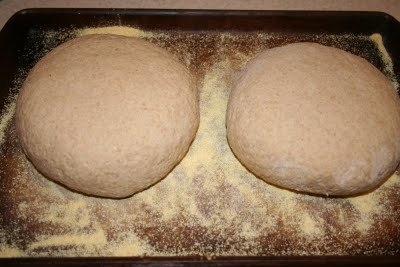 I formed it into two loaves and cut slits in the top, covered and let them raise overnight or about 12 hours. Wild yeast bread takes longer to raise than commercial yeasts.
I formed it into two loaves and cut slits in the top, covered and let them raise overnight or about 12 hours. Wild yeast bread takes longer to raise than commercial yeasts.
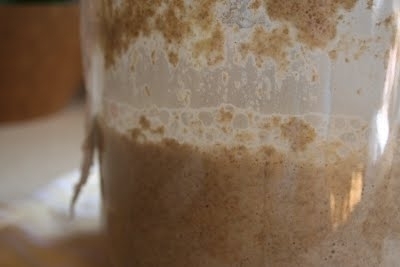
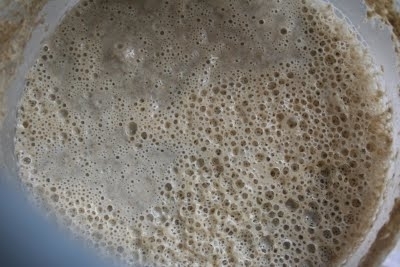
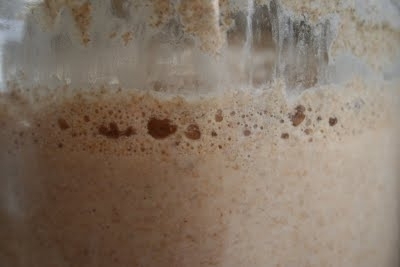
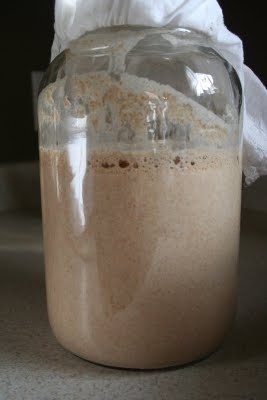
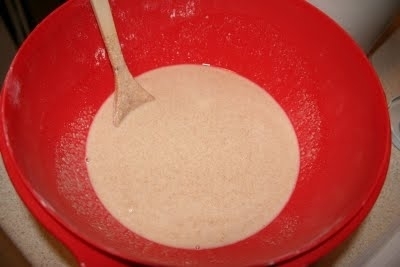
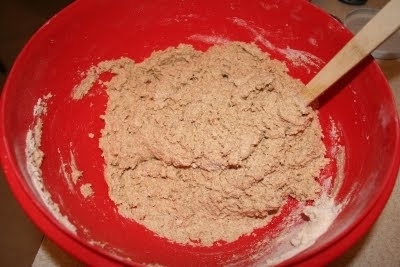
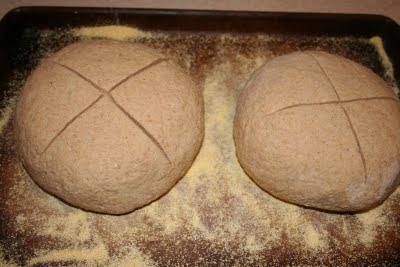
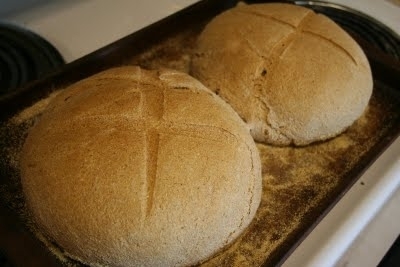
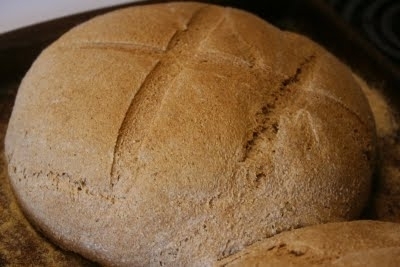
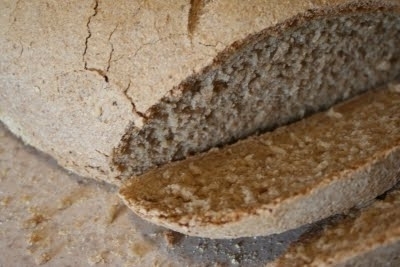
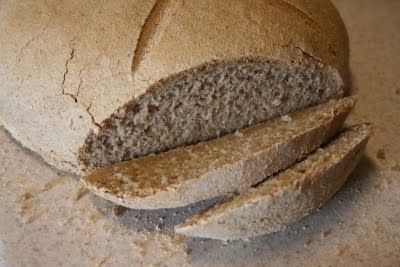
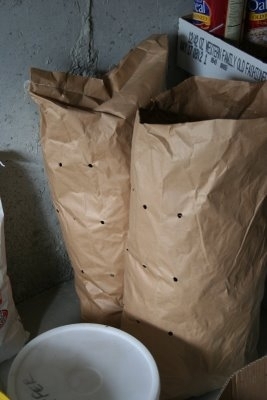
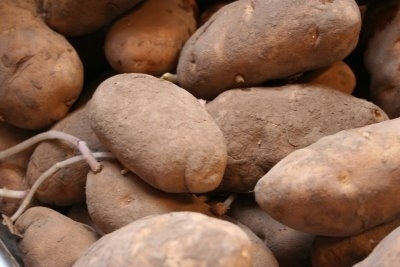
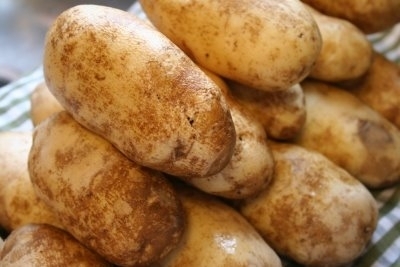
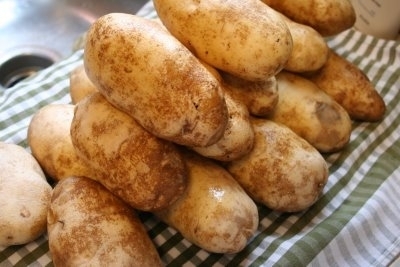
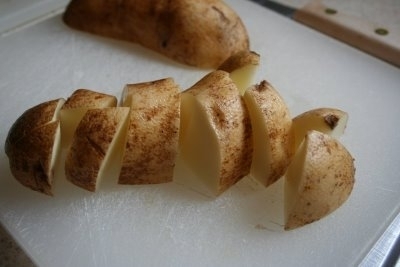 I then cut them into cubes and put them into a salt water brine, it helped keep them from turning brown while I was cutting up the rest of the potatoes.
I then cut them into cubes and put them into a salt water brine, it helped keep them from turning brown while I was cutting up the rest of the potatoes.
